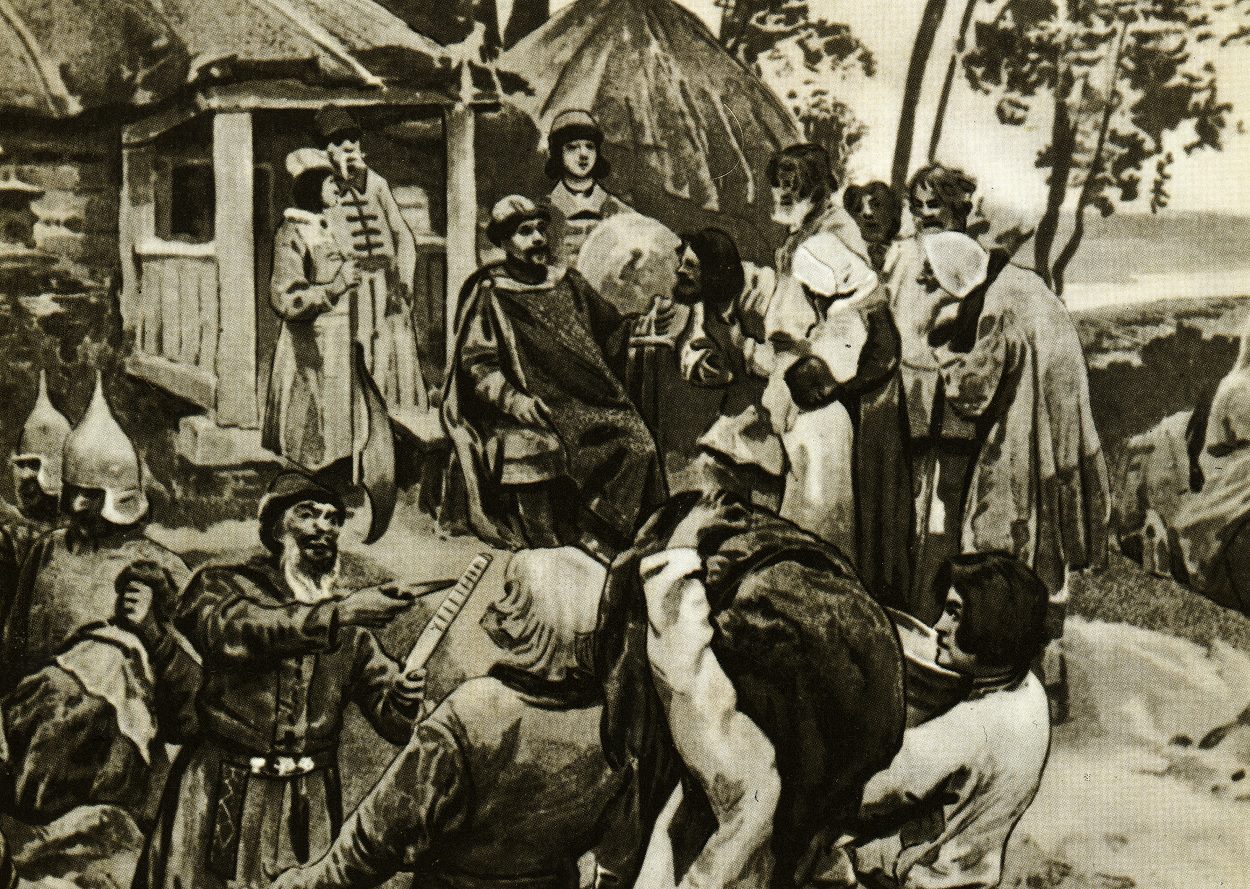Vikings were not a uniform phenomenon in ancient Scandinavia. They were part of a complex system of a plunder economy that existed in Europe until the early Middle Ages.
With royal power rising, independent raiders either joined the new power, or moved to peripheries.
The last dragon ships sailed the Siberian rivers and raided remote areas of Russia still in the late 17th century. A new study published in the Russian History journal shows that traces of Viking raids are still visible in the economic and political development of contemporary Russia.
“Raiding by private warlords was beneficial to local economies. However, this system became integrated into the structure of Eastern princely powers because the European sovereign realms and their legal structure did not materialise in the East. It’s vital to realise this in order to understand contemporary Russia,” Professor Jukka Korpela from the University of Eastern Finland says.
With Moscow’s power strengthening after the end of the 15th century, the culture of raiding began to gradually decline in the Western and Central areas of Russia. In the East, however, Central Asian clan societies and the Bazaar economy in the Volga, Caucasus and Caspian regions were too strong to fall under Moscow’s control and reforms.
There, independent warlords were able to continue their economically beneficial raids, which were part of the local economy, and also beneficial to the local societies.
Raiding declined as Viking leaders joined the growing princely power
In Scandinavia, the Viking era ended in the 12th century, when royal powers were able to subdue and employ Viking leaders. However, in the Eastern parts of the Baltic Sea and along the rivers of Russia, the situation was different. The Viking culture arrived in the region in the 800s, but princely power formed late. The plunder economy and Viking type raiding continued until the late Middle Ages.
“The difference between princely power and independent raiders wasn’t always clear. For example, the Novgorodian chronicle speaks about Grand Prince Yuriy Danilovich in official terms, so Western historiography considers him one of the founders of Moscow. Yet, in an entry from 1325, he is also described as a raider.”
The turn of the 14th and 15th century marked the beginning of the division in the raiding society. One of its leaders, Vasiley Borisovich, joined the ruling structure, while Anfal’, also an independent raider, tried to continue on both tracks, as a raider and as a princely commander. Some raiders stepped aside from state formation and continued to run criminal activity on its margins. When Moscow’s princely power strengthened, systematic raiding finally faded away into local criminality.
“However, the Viking modus operandi continued and even grew into new forms in Central Asia and in the Volga, Caspian and Caucasus regions. In the Russian peripheries, raiding continued until the 19th century,” Professor Korpela says. Find out more
University of Eastern Finland (UEF Viestintä)
Header Image Credit : Shutterstock





